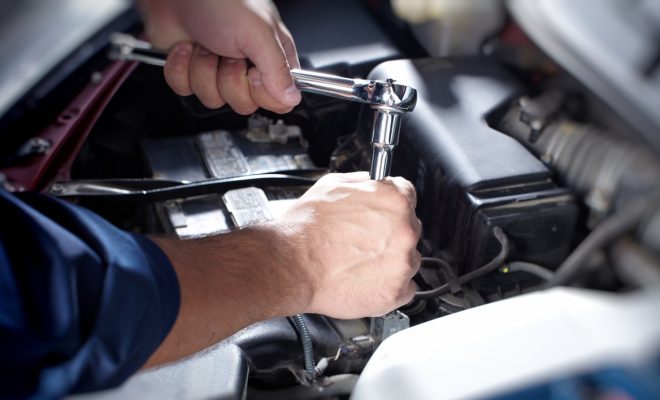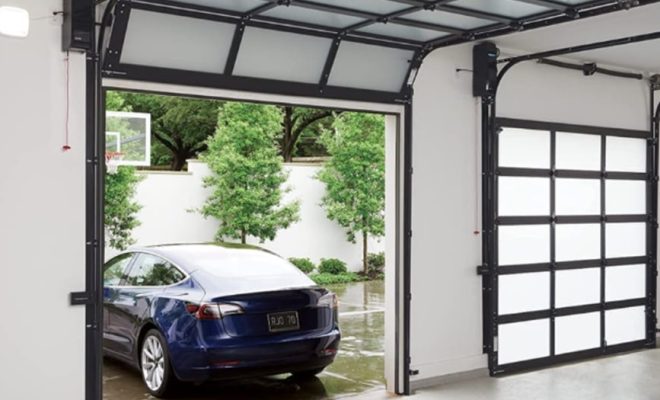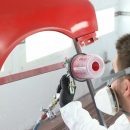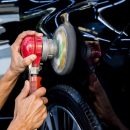The Link Between Air Vent Health and Allergen Reduction

Clean and healthy air vents are important for passenger comfort. They are also essential for those with allergies. Dust pollen and other allergens can build up inside vents. This can trigger sneezing and breathing problems during travel. Regular servicing helps keep the air clean and fresh. Technicians follow specific service levels to achieve the best results. Each level targets different conditions for maximum allergen control.
Why Air Vent Health Affects Allergies
Air vents move air through the cabin. If the system is dirty it spreads allergens inside. This can cause discomfort for sensitive passengers. Proper servicing removes these harmful particles. It also improves airflow and temperature control. Technicians begin with a full inspection of the system. They look for dust mold and other allergen sources. Identifying these issues helps them choose the right service tier. This step ensures cleaning efforts focus on problem areas. Healthy vents make every trip more pleasant and safe.
Basic Service for Light Allergen Presence
The first tier works for vents with minor dust. It is suitable for vehicles that receive regular care. The technician uses gentle tools to clean vent openings. Special solutions remove light pollen and odor traces. Surfaces are wiped without damaging the finish. The airflow is tested to ensure smooth operation. This service is quick but still improves air quality. Passengers notice fresher air during travel. It is an effective choice for routine allergy control. Special choices are there for Auto Repair in Yonkers, NY based services also.
Intermediate Service for Moderate Allergen Build-Up
The second tier handles more visible allergen deposits. This level suits vents exposed to outdoor dust or pollen. The technician uses stronger cleaners for deeper layers. Some parts may be removed to reach hidden areas. The system is flushed to clear trapped particles. Filters are cleaned or replaced to block new allergens. This service offers a clear improvement in air freshness. Passengers with mild allergies benefit greatly from this level. It is a smart choice before seasonal allergy peaks.
Advanced Service for Severe Allergen Problems
The third tier is for vents with heavy contamination. These vents may cause frequent discomfort for sensitive passengers. The technician fully disassembles key vent sections. Industrial-grade cleaners remove stubborn dust and mold growth. High-pressure rinsing clears even the smallest particles. Damaged or worn parts may be replaced for safety. The system is reassembled and tested for maximum airflow. This service delivers the highest level of allergen removal. It restores the vents to near original cleanliness. It is essential for vehicles that have gone long without servicing.
Preventive Measures for Ongoing Allergen Control
The final tier focuses on stopping allergen return. The technician may coat vent surfaces with protective layers. These coatings resist dust and mold growth over time. Filters are upgraded to capture more fine particles. Regular check-ups are scheduled to spot early build-up. This keeps the vents in top condition all year. Passengers enjoy consistent fresh air with reduced allergen risk. It is the best choice for long-term allergy management.
Conclusion
Healthy air vents are vital for reducing allergens inside a vehicle. Clean vents protect passengers from discomfort during travel. Service tiers match different levels of allergen build-up. From basic cleaning to full restoration each level offers real benefits. Preventive care keeps allergens from returning quickly. Choosing the right service makes every journey safer and more comfortable. This approach ensures that passengers with allergies can travel with ease.







